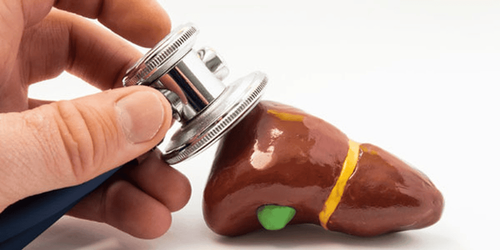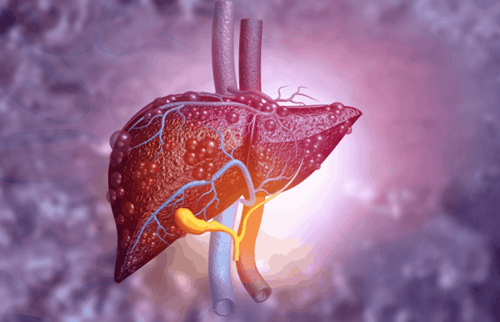This is an automatically translated article.
Sclerosing cholangitis is a chronic, slow-growing disease, sometimes with no symptoms. People with long-term sclerosing cholangitis can lead to liver damage, liver failure due to fibrosis.
1. What is sclerosing cholangitis?
Sclerosing cholangitis is a term that describes a condition in which the bile ducts become chronically inflamed, gradually become fibrotic, become hard and form scars along the path of the bile ducts as well as fibrosis of liver cells.
2. Causes of sclerosing cholangitis
Currently, no research has found the exact cause of sclerosing cholangitis. Many theories suggest that this condition is caused by the immune system overreacting to a certain infection, on the basis of a patient's pre-existing predisposing factors for disease development.
Besides, statistics show that sclerosing cholangitis often accompanies a number of diseases, the most common of which is inflammatory bowel disease. This does not mean that inflammatory bowel disease is the cause of sclerosing cholangitis and vice versa. Researchers have yet to find a link between the two diseases.
The risk factors for sclerosing cholangitis are as follows:
Age : The disease occurs at any age, but is most common between 25 and 45 years of age Gender: Men have sclerosing cholangitis more often than women gender. Inflammatory bowel disease : The disease most commonly associated with inflammatory bowel disease is ulcerative colitis and Crohn's disease . However, a patient with inflammatory bowel disease rarely develops sclerosing cholangitis. Therefore, if you have been diagnosed with sclerosing cholangitis, even if you have no symptoms, your doctor can still screen for inflammatory bowel disease.
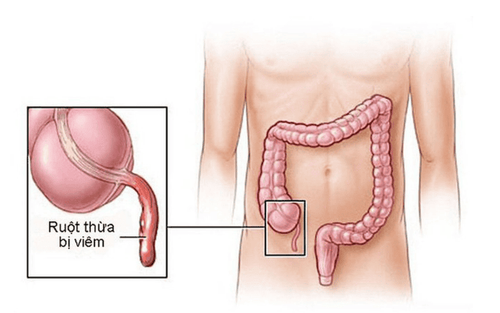
Bệnh nhân viêm xơ đường mật có thể mắc đồng thời viêm ruột thừa
3. Symptoms of sclerosing cholangitis
Signs of sclerosing cholangitis may include:
Infection syndrome: Fever, chills. Cholestasis syndrome, cholestasis: Jaundice, yellowing of the eye conjunctiva with itching of the whole body. Abdominal pain or diarrhea. Weight loss, constant feeling of fatigue. However, in the early stages, sometimes patients with sclerosing cholangitis will not have any signs or symptoms of the disease. At this point, blood tests can suggest to the doctor about the patient's condition.
4. Is sclerosing cholangitis dangerous?
Complications of the disease if not diagnosed and treated promptly include:
Cirrhosis: Chronic inflammation of the bile ducts in the liver leads to fibrosis of adjacent liver cells, leading to cirrhosis of the liver. , loss of liver function. Portal hypertension: Long-term cirrhosis leads to increased portal pressure. Patients present with a lot of intra-abdominal fluid (ascites), collateral circulation, and finally upper gastrointestinal bleeding due to rupture of esophageal varices, which can be life-threatening. Recurrent biliary tract infections: The sclerosed bile duct obstructs the flow of bile, a factor that causes frequent and recurrent biliary tract infections. Bile duct cancer: Biliary fibrosis is a high risk factor for bile duct cells to grow out of control causing cholangiocarcinoma. Colorectal cancer: As mentioned above, sclerosing cholangitis is often accompanied by inflammatory bowel disease (ulcerative colitis), which increases the risk of colon cancer.
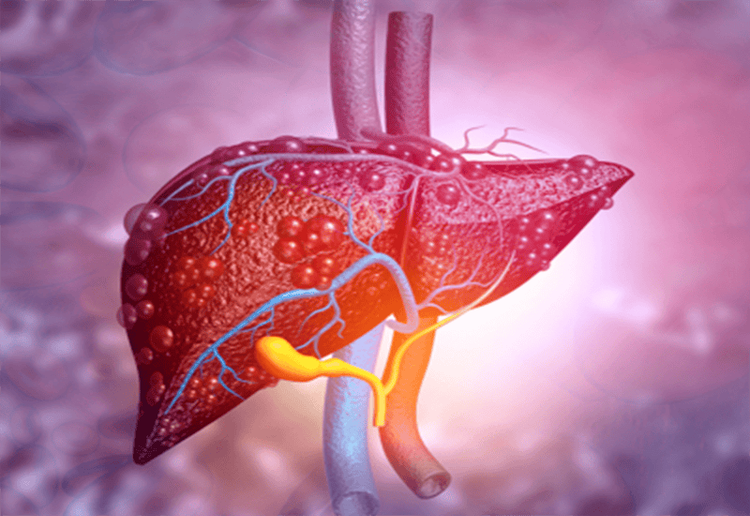
Viêm xơ ruột thừa có thể gây xơ gan
5. Treatment of sclerosing cholangitis
5.1. Treatment of biliary obstruction
Scars on the biliary tract can obstruct bile flow and cause clinical symptoms. Therefore, resolving the obstruction can help improve the patient's quality of life. Treatments include: Balloon, stenting, or bile duct surgery.
Nong Balloon: a catheter with a Balloon attached at the tip is inserted into the biliary tract through an endoscope. Upon reaching the site of obstruction, the Balloon is inflated to widen the site of obstruction of the biliary tree. Stent: A metal tube (stent) is inserted into the bile duct at the site of the blockage to clear the passage of bile into the duodenum. Bile duct surgery: In some cases, a blockage in the bile duct requires surgery to remove it, followed by drainage of the bile duct before re-establishing the normal flow of bile.
5.2. Use of antibiotics
Complications of biliary tract infections are easy to occur and recur, so antibiotics can be indicated to treat and prevent bacteria that attack the bile ducts. In particular, before doing invasive procedures such as cholangioscopy or surgery, antibiotics are mandatory.
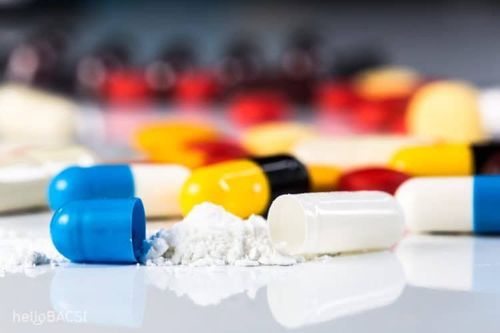
Sử dụng kháng sinh để điều trị và dự phòng các loại vi khuẩn tấn công đường mật
5.3. Symptomatic treatment
Itching due to biliary obstruction makes patients very uncomfortable, antihistamines are a very good choice to relieve itching symptoms of patients with sclerosing cholangitis.
5.4. Liver transplant
This is the only treatment to completely eliminate sclerosing cholangitis. The patient was removed the diseased liver with inflammatory fibrosis and replaced with another healthy liver. Liver transplantation is indicated when the patient has severe liver failure or other dangerous complications caused by sclerosing cholangitis.
Lifestyle regimen when suffering from sclerosing cholangitis
Do not drink alcohol or alcoholic beverages. No smoking. The diet provides a full range of fruits, vegetables and whole grains, and is limited in fat. Maintain your weight with regular, moderate exercise. Live happily, comfortably, avoid stress with yoga exercises, meditation...

Không uống rượu bia khi bị viêm xơ đường mật
Sclerosing cholangitis is a chronic liver disease that slowly damages the bile ducts due to inflammation, scarring or fibrosis. This causes bile to build up in the liver, which gradually damages liver cells and causes cirrhosis. Because the disease progresses very slowly, when the disease is detected, it is already in the late stage. Therefore, early diagnosis with periodic health tests and conservative treatment is the best way to improve the long-term prognosis of cholangitis.






